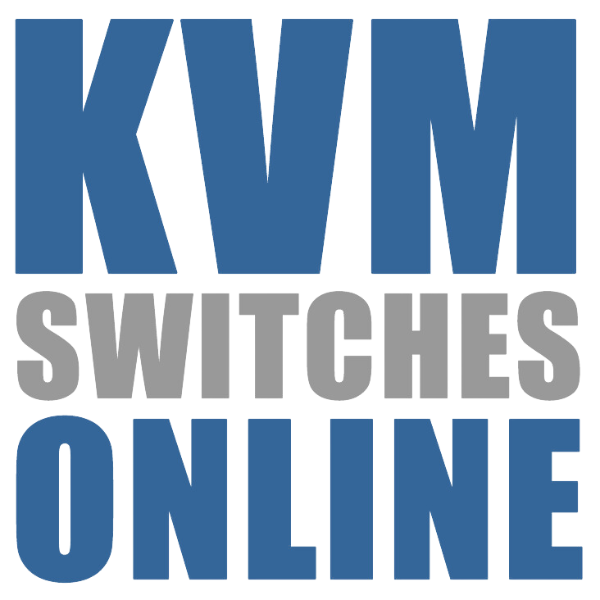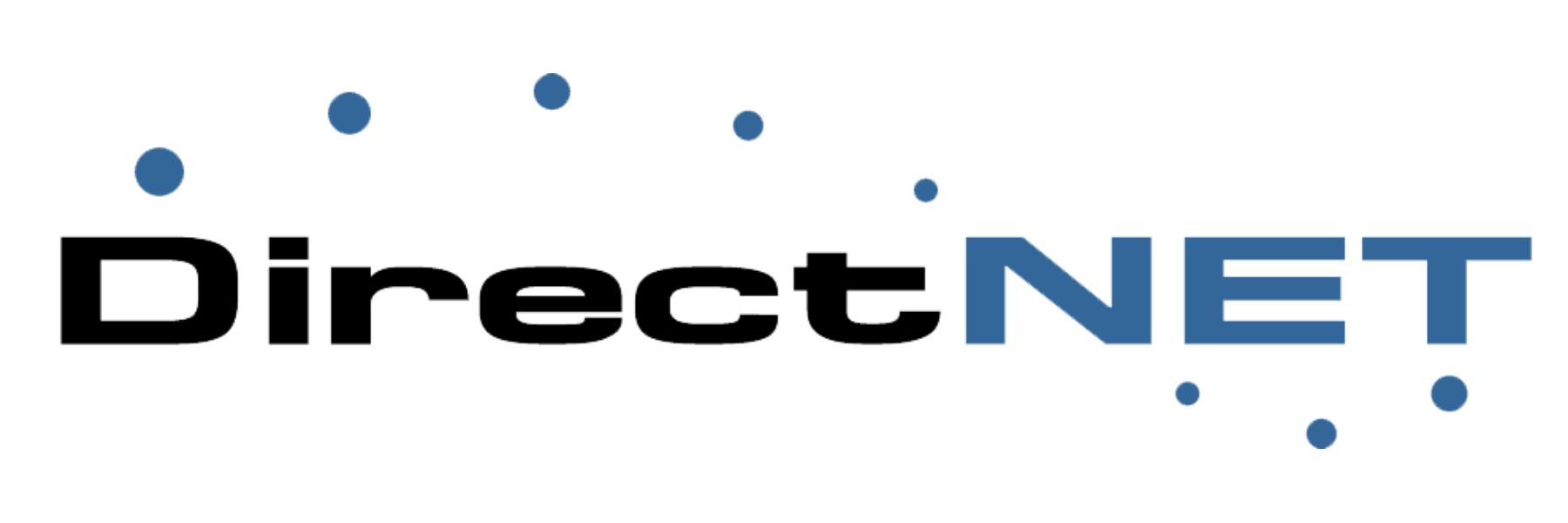Incorporating fiber optic cables in your data center design saves space, lowers costs, and ensures a fast, secure, and polished connection. For many reasons, fiber optic solutions can give your data centers the edge. Save space, lower cost, and ensure fast, secure, and polished connection. Fiber optic cabling is constructed for dependable success with four main layers:

Photo Courtesy of BlackBox
The Jacket
The Cable Jacket or “Buffer” is the outer most layer that provides additional wear-and-tear protection. Some Buffers have added strengthening fibers for true fortitude.
The Coating
Helps protect the essential inner layers from water and other weathering.
The Cladding
Surrounding the Core is the Cladding which is made of an optical material that traps the light within the Core using an optical technique called “Total Internal Reflection.”
The Core
Within the Core are hair-thin strands of glass or plastic which pipe data via light.
Fiber optics provide high bandwidths at incredible speeds across great distances.
4700
bandwidth up to 4700MHz/km
100
speeds up to 100GB/sec
Cost
As the cost of fiber optic components, cabling, and hardware needed for a fiber network decreases and migration from copper to fiber is becomes easier with low-cost converters, the excuses not to go fiber become obsolete.
Lightweight
Another aspect that illuminates fiber cables from the rest: better grade cabling doesn’t become a workout. As the demand grows for better grade cabling, the standard copper cabling simply gets heavier, chunkier, and in all honesty, harder to manage. With fiber optic cables, the management stays thin, lightweight, and durable at any grade.
Installation
Quick fusion splicers with auto-alignment makes from some quick splicing of fiber optic cabling in field termination as well as installation.
Speed
Faster data transfer than the traditional twisted copper cabling with no need for signal boosters.
Reliable
Fiber optic cables are beyond reliable and immune to the multitude of downfalls other cable options often display.
There will be:
- • No radio frequency interference.
- • No electro-magnetic interference.
- • No cross-talk or impedance issues.
NOTE: The core of a fiber cable is usually glass, which is an insulator — No electricity can move through it, which can be super useful for air traffic control towers and broadcast studios.
Security
When it comes to security, fiber takes the trophy.
Fiber cables don’t radiate signals making security threats, like getting “tapped”, dismal to null. A security compromise to a fiber line would cause the cable to leak light and will immediately stop the system securely. The distance and speed capabilities of fiber optic cables allow system hardware and components rest in one centralized, secure location; thus, minimizing and possibly eliminating the need for multiple data closets with unnecessary monitoring.

Photo Courtesy of BlackBox
Integrating fiber with your existing copper networks and preparing for your future network nearly eliminates downtime, reduces networking hardware, lowers maintenance time, and overall decreases long term cost.
For more information, contact us today at 1-800-638-2638.






